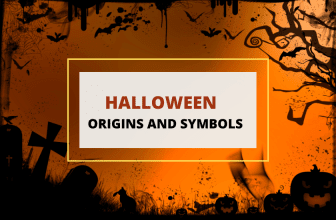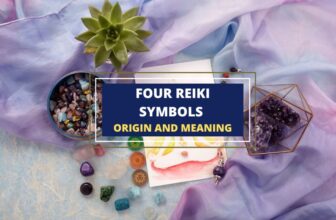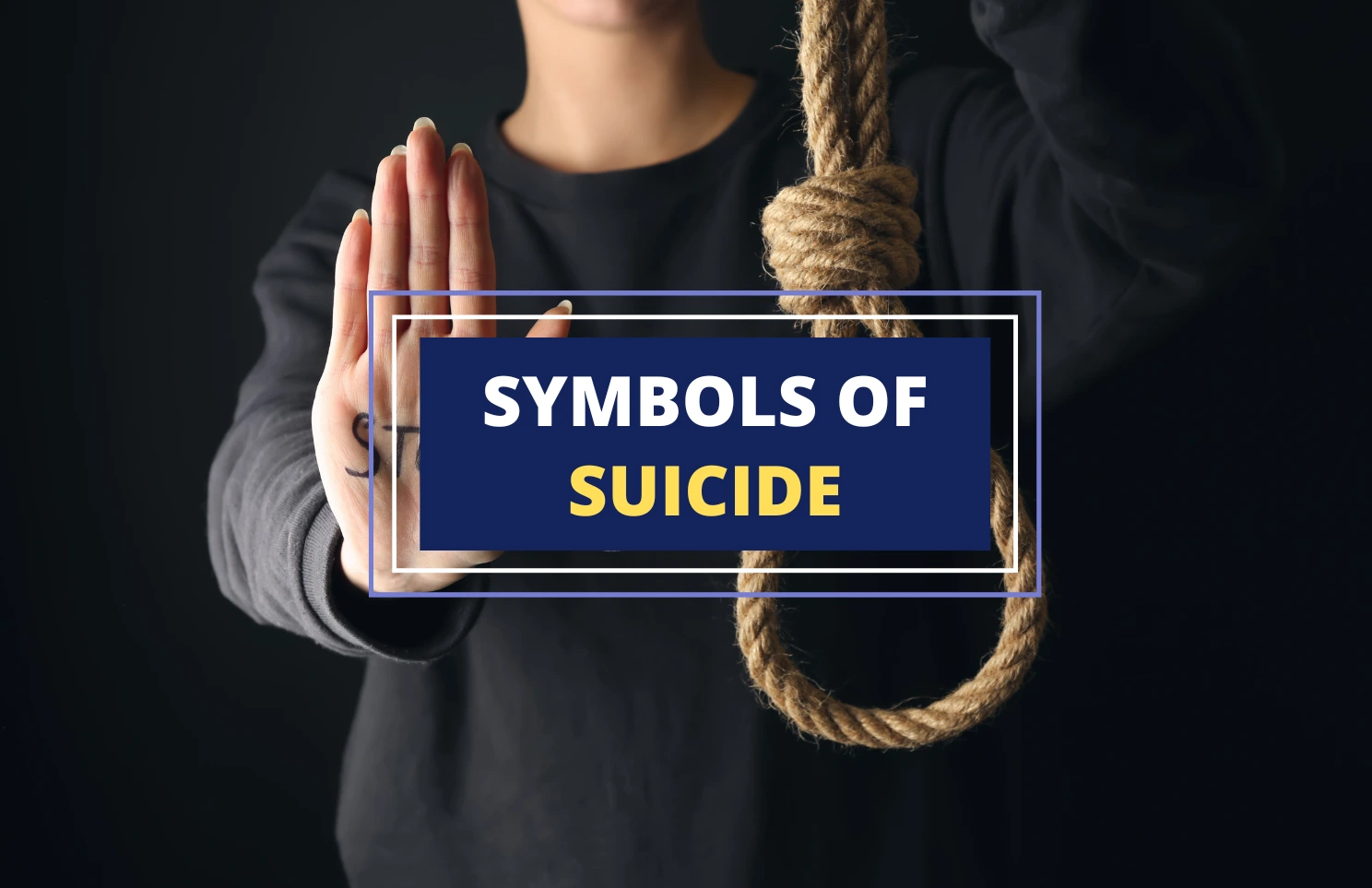
Table of Contents
Trigger Warning: In this article, we’ll discuss the topic of suicide, which may be disturbing to some readers.
Suicide is a complicated and deeply personal choice to end one’s life. Many things can trigger the decision to commit suicide, like mental health, trauma, and how things are going.
Even though sometimes it may appear that someone didn’t have a reason to take their own life, the reality is often much more complex and deep.
By understanding what suicide means to people, we can learn more about how complicated this tragic choice is and work to stop suicide in our communities.
The images that we associate with suicide can help people understand the struggles and feelings they may be going through.
In this article, we’ll look at some of the most common symbols of suicide, including what they mean and how they make us feel.
Here are some different symbols of suicide in various cultures:
1. Semicolon
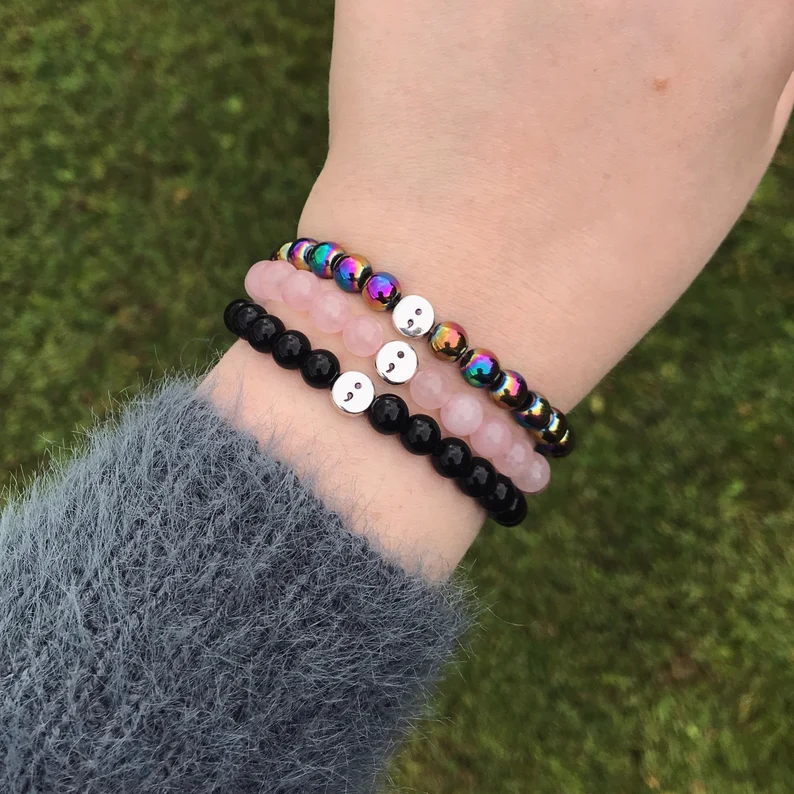
The semicolon is a punctuation mark that has taken on a new meaning beyond grammar rules. In recent years, it has become a symbol of hope and resilience for those struggling with mental health issues and suicide.
The semicolon indicates a pause in a sentence where the writer could have chosen to end it but instead decided to continue.
The Semicolon Project started in 2013, encouraging people to draw a semicolon on their wrists to remind them that their story isn’t over yet.
The movement quickly gained momentum and became a global symbol of suicide prevention and mental health awareness. The idea behind the project is to spark conversation and let people know that it’s okay to ask for help and to keep going.
2. Seppuku
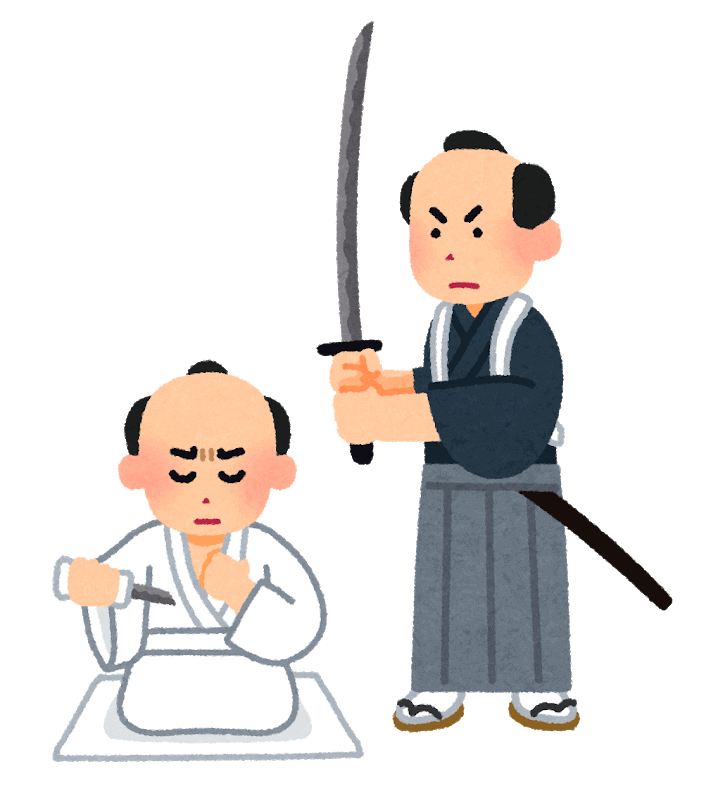
Seppuku, also known as hara-kiri, is a traditional suicide in Japan that historians associate with samurai culture. This method of suicide involved disemboweling oneself with a sword, often performed in a ritualistic manner.
Seppuku was a way for samurai to restore their honor or atone for failure or disgrace and avoid capture and torture by enemies.
The symbolism of Seppuku lies in the idea of taking responsibility for one’s actions, no matter the cost.
Many Japanese saw the act of self-disembowelment as the ultimate act of loyalty and sacrifice. With Seppuku, the samurai accept the consequences of their actions and bear the shame of their failure.
While Seppuku is no longer practised today, it remains a powerful symbol of honor, sacrifice, and taking responsibility for one’s actions.
The legacy of Seppuku continues to inspire admiration and respect for the samurai code of honor, even as it reminds us of the high cost of holding oneself to such a strict standard.
3. The Hourglass

The hourglass is associated with time, but it’s also used as a symbol of suicide in some cultures. The image of the hourglass running out of sand represents life’s finite nature and death’s inevitability.
The symbolism of the hourglass as a suicide symbol evokes a sense of urgency and finality. The image of the sand running out of the hourglass can be a powerful representation of the fleeting nature of life and the sense of hopelessness and despair that can sometimes accompany suicidal thoughts.
The hourglass also reminds us of the importance of living in the present. The image of the hourglass can inspire individuals to seek help and support when they are struggling with mental illness and suicidal thoughts and to make the most of their time on earth.
Today, the hourglass continues to symbolize mortality and the passage of time, reminding us of the importance of cherishing every moment and seeking help and support when we need it.
While suicide is a complex issue, the hourglass symbol can serve as a reminder that time is precious and that we should make the most of every day we have.
4. The Broken Mirror
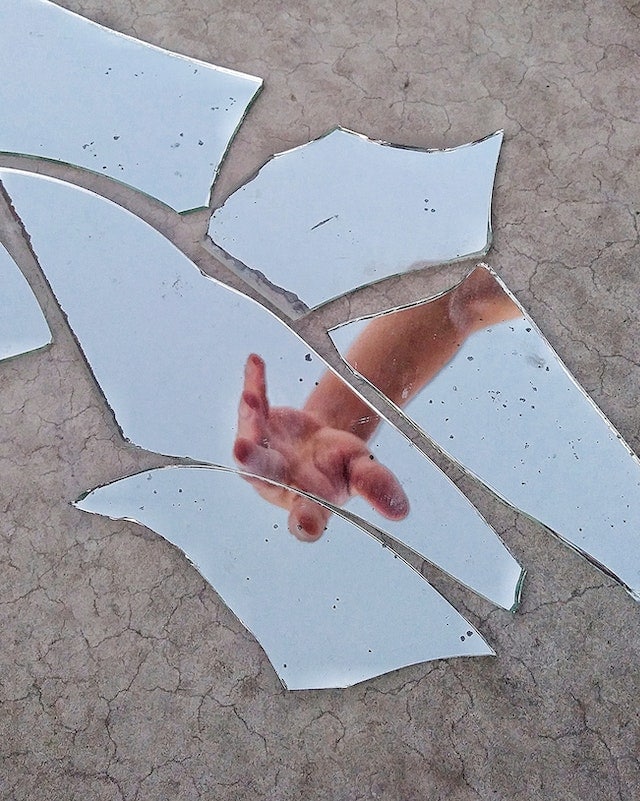
The broken mirror is often used as a symbol of suicide in some cultures, representing the idea of shattered hopes and dreams and the feeling of being unable to put the pieces of one’s life back together.
The symbolism of the broken mirror evokes a sense of loss and despair. The image of a shattered mirror can be a powerful representation of the sense of fragmentation and brokenness that can accompany mental illness and suicidal thoughts.
However, the broken mirror can also be seen as a reminder of the potential for healing and restoration.
While it may be difficult to imagine putting the pieces of a broken mirror back together, it’s possible with patience, effort, and the right tools.
5. Sati
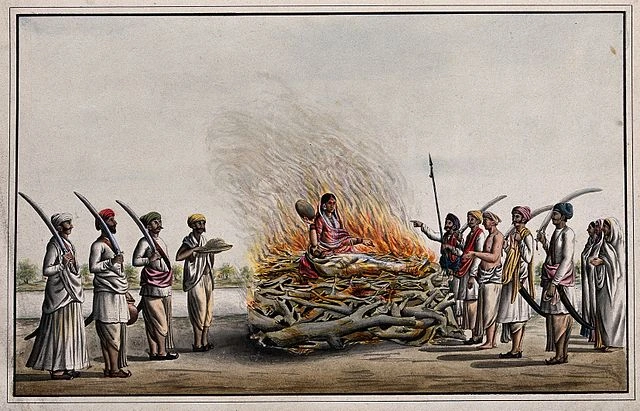
Sati is a Hindu funeral practice that involves a widow throwing herself onto her husband’s funeral pyre. Self-immolation was a way to demonstrate loyalty and devotion to a husband and avoid the shame and dishonor of being widowed.
The symbolism of Sati lies in the idea of sacrifice and selflessness, as the widow was willing to offer her own life to honor her husband and protect her family’s reputation.
Many Hindus believed Sati was also a way for the wife to reunite with her husband in the afterlife or gain spiritual merit.
India banned the practice in the 19th century due to concerns about the exploitation and coercion of women.
While some have argued that Sati was a voluntary act of devotion, others have pointed out that many women were forced or coerced into the practice and that it was often used to control women’s behavior and limit their independence.
Today, the legacy of Sati continues to inspire debate and reflection on the meaning of sacrifice and devotion. Sati is not only a symbol of suicide but a standing reminder of the need to protect the rights and autonomy of women.
6. The Black Dog

The black dog symbolizes depression and suicidal thinking in many cultures. This metaphorical symbol represents the feelings of darkness, hopelessness, and despair that can often accompany mental illness.
The symbolism of the black dog lies in its ability to evoke a visceral response in individuals struggling with depression or suicidal thoughts.
The image of the black dog lurking in the shadows can be a powerful representation of the sense of foreboding and doom that can permeate an individual’s psyche.
The use of the black dog as a symbol of depression and suicide can be traced back to ancient Roman and Greek mythology, where the image of a black dog went hand in hand with images of the underworld and the afterlife.
Today, the image of the black dog continues to be used in literature, art, and popular culture to represent the struggle of individuals dealing with mental illness and suicidal thoughts.
However, it’s important to remember that the black dog is a symbol and not a diagnosis. Individuals struggling with depression or suicidal thoughts should seek professional help and support and not be ashamed or afraid to seek assistance.
7. The Butterfly
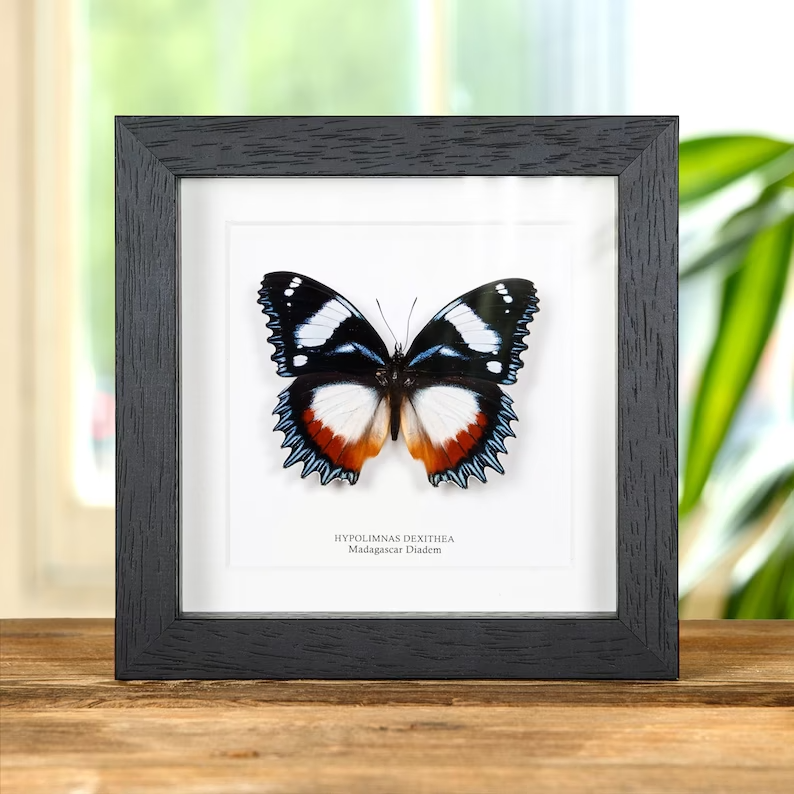
The butterfly symbolizes transformation and rebirth but is also associated with suicide in some cultures. The image of the butterfly can represent the fleeting nature of life and the fragility of the human psyche.
The symbolism of the butterfly as a suicide symbol lies in its connection to the idea of metamorphosis.
Just as a caterpillar transforms into a butterfly, individuals who may be struggling with mental illness and suicidal thoughts may be seeking a way to transform their lives and escape the pain and darkness that they are experiencing.
8. Self-Immolation in Protest
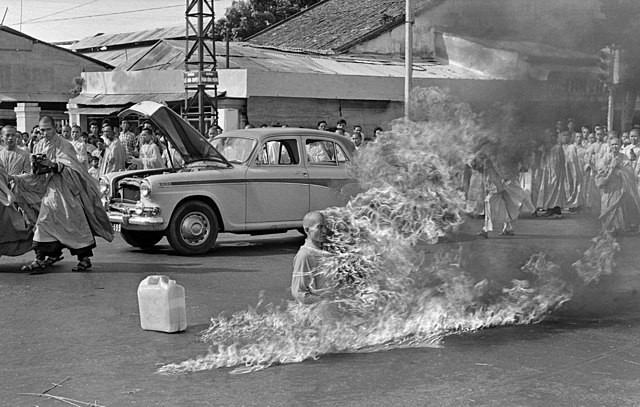
Self-immolation is a suicide in which an individual sets themselves on fire as a protest or sacrifice. This extreme act of self-sacrifice has been used throughout history as a means of drawing attention to social or political issues, as well as a way to express religious devotion.
The symbolism of self-immolation lies in the idea of using one’s body to express a message or stand up for a cause. With self-immolation, individuals are making a powerful statement about the importance of their beliefs and cause.
However, self-immolation is incredibly dangerous and painful, and the consequences can be devastating for the individual and their loved ones. While self-immolation can draw attention to important issues, it can also be seen as a desperate and tragic protest.
Today, the legacy of self-immolation inspires both admiration and concern as individuals worldwide struggle to find ways to express their beliefs and make a difference in the face of social and political challenges.
While self-immolation is not a solution to these issues, it remains a powerful symbol of the lengths some are willing to go to in pursuit of justice and change.
9. The Scorpion

In some African cultures, scorpions symbolize suicide, representing the idea of being consumed by pain and darkness. The scorpion’s venom is a powerful metaphor for the destructive power of mental illness and suicidal thoughts.
The symbolism of scorpions as a suicide symbol lies in their ability to evoke a sense of fear and danger. The image of a scorpion lurking in the shadows can be a powerful representation of the hopelessness and despair accompanying mental illness.
However, scorpions can also be seen as a reminder of the potential for healing and transformation. Just as the venom of a scorpion can be used for medicinal purposes, individuals’ struggles can ultimately lead to growth and healing.
10. The Red String

The red string symbolizes suicide prevention and awareness, representing connection and support. Red is associated with passion and vitality, while the string represents the interconnectedness of all individuals.
The symbolism of the red string lies in its ability to evoke a sense of hope and community. The image of the string can be a powerful reminder that individuals struggling with mental illness and suicidal thoughts are not alone.
The image of the string tied around the wrist can be a constant reminder of the importance of seeking help and support and the interconnectedness of all individuals.
11. The Lotophagi
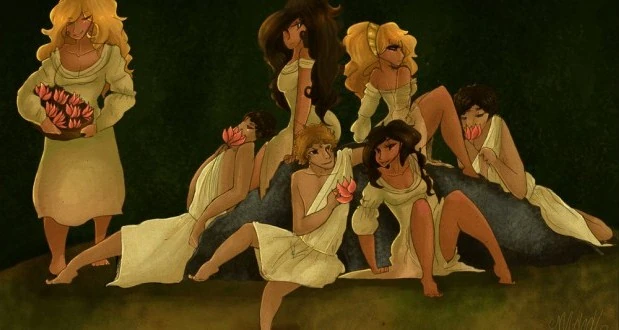
The Lotophagi, or “lotus-eaters“, were people in ancient Greek mythology known for consuming the lotus fruit, which caused them to lose their sense of reality and become lethargic. The Lotophagi represent the idea of being consumed by apathy and despair.
This symbolism lies in the sense of being lost and disconnected from reality. The image of individuals consuming the lotus fruit and losing their sense of purpose and motivation can be a powerful representation of the feelings of hopelessness and despair that can accompany suicidal thoughts.
However, the Lotophagi can also be seen as a reminder of the potential for transformation and renewal.
The Greek hero Odysseus encountered the Lotophagi during his journey home, snapped his men out of their lethargy, and continued their journey.
12. The Vulture

In some cultures, vultures are used as a symbol of suicide, representing the idea of death and decay. The image of vultures circling overhead can be a powerful reminder of the finality and irreversibility of suicide.
The symbolism of vultures as a suicide symbol lies in their ability to evoke a sense of darkness and despair.
The image of vultures feeding on a dead carcass can be a powerful representation of the feelings of hopelessness and isolation that can accompany suicidal thoughts.
However, vultures can also be seen as a reminder of the potential for transformation and renewal. In some cultures, vultures are considered sacred and believed to be able to purify and cleanse the earth.
13. The Death Card
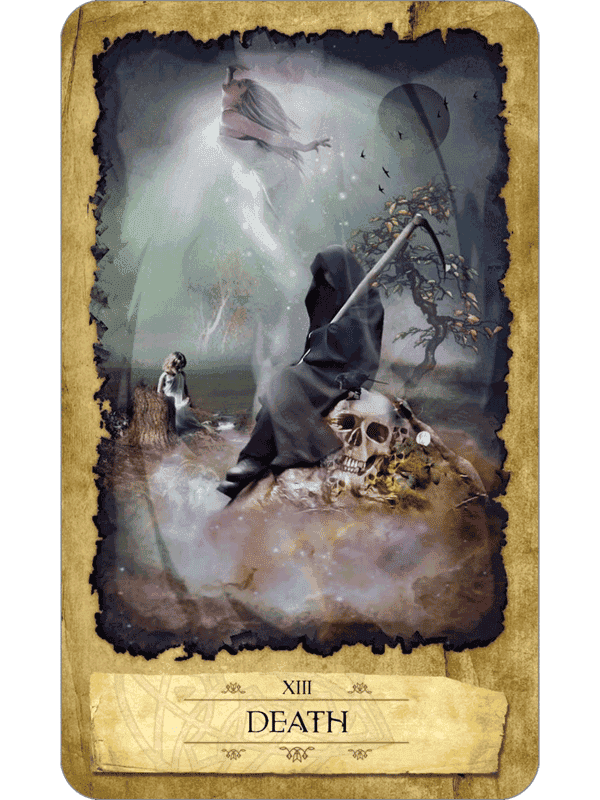
The Death card in Tarot is a symbol of endings and transformations. While it’s not necessarily a symbol of suicide, it can be interpreted as such in some contexts.
The symbolism of the Death card as a suicide symbol lies in its ability to evoke a sense of finality and irreversibility. The image of the Grim Reaper holding his scythe can represent death and the end of life.
However, the Death card can also remind us of the potential for transformation and renewal. The Death card is often associated with rebirth and new beginnings in Tarot.
14. The White Poppy

The white poppy symbolizes peace and remembrance and is an alternative to the red poppy worn on Remembrance Day. However, in some contexts, the white poppy has also been used as a symbol of suicide prevention.
The symbolism of the white poppy as a suicide symbol lies in its ability to evoke a sense of hope and healing. The white poppy represents the idea of peace and reconciliation.
However, the white poppy can also be seen as a reminder of individuals’ ongoing struggles with mental illness and suicidal thoughts.
While suicide is a complex and difficult issue, the symbol of the white poppy can inspire individuals to seek help and support and work towards finding hope and healing amid their struggles.
15. The Bat

The bat is often associated with darkness, fear, and death. In some cultures, it has been used as a symbol of suicide, particularly in the context of vampire lore.
The bat is a symbol of death and the afterlife. The image of a bat flying in the dark can make you feel scared and worried. A bat can also be seen as a metaphor for the struggles and problems that people with suicidal thoughts face.
But the bat can also be seen as a sign of change and new beginnings. In some cultures, the bat signifies rebirth and a new start. This can encourage people with trouble to reach out for help and support.
16. The Raven

The raven is a dark and mysterious bird that has long been associated with death and the afterlife. In some cultures, it has been used as a symbol of suicide.
As a suicide symbol, the raven’s meaning comes from the fact that it is linked to the idea of change.
The image of a raven flying through the dark can make you feel like you don’t know what’s happening.
It can also be seen as a metaphor for the problems and struggles that people with suicidal thoughts face.
17. The Skull

The skull is often linked to death and dying; in many cultures, it has become a strong sign of suicide. The skull can be seen as a symbol of fear and dread, but it can also be seen as a sign of how death is final and stays the same.
In the context of suicide, the skull can represent the idea of taking one’s own life to escape from the pain and suffering of the world.
It can be seen as a symbol of despair and hopelessness, as individuals struggling with mental illness and suicidal thoughts may feel that there is no other way out of their struggles.
However, the symbolism of the skull can also be interpreted in a more positive light. It can represent facing one’s mortality and coming to terms with the finite nature of life. It can inspire individuals to seek help and support and to work towards finding meaning and purpose in their lives.
18. The Swallow

The swallow is a bird with a rich history of symbolism in many cultures and a symbol of suicide. This symbol originates from the ancient belief that swallows symbolize the soul and could carry the deceased’s soul to the afterlife.
In some cultures, the image of a swallow flying into a room is seen as a bad omen, indicating that someone present may be contemplating suicide.
This symbolism originates from the idea that swallows can sense death and are attracted to those who are dying.
The symbolism of the swallow as a suicide symbol is not universal. In many cultures, the swallow is a symbol of hope and renewal. The swallow is a migratory bird that returns to the same nesting site and symbolizes the changing seasons.
19. The Cat

Cats are creatures of mystery and intrigue and have been associated with many symbols throughout history. In some cultures, cats have been associated with suicide, though this symbolism’s exact origins are unclear.
One theory is that cats were seen as creatures of the night and associated with witchcraft, which was often punished with death by suicide.
In some cultures, it was believed that cats could communicate with the dead and had the power to take a person’s soul to the afterlife.
However, it’s important to note that the association of cats with suicide is not universal, and in many cultures, cats are seen as symbols of good luck and prosperity. In Ancient Egypt, cats were considered sacred and believed to bring their owners blessings.
20. The Black Rose
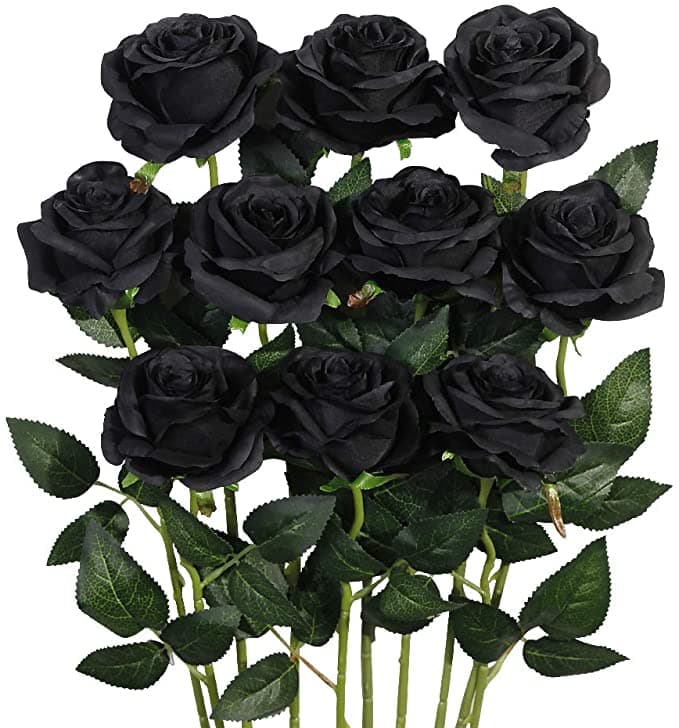
The rose is a symbol that is associated with love and passion, but the black rose has a much darker connotation. The black rose is seen as a symbol of death and mourning, but it’s also associated with suicide. This is because black roses are said to represent the loss of hope and the end of life.
In popular culture, the black rose is often used as a symbol of suicide, especially in literature and music. The rose is often depicted as withered or dying, representing that life is fleeting, and death is inevitable.
Some people believe that the black rose symbolizes the desire to end one’s life, while others see it as mourning for those who have already passed away.
Whatever the interpretation, the black rose is a powerful symbol that can evoke strong emotions and feelings of loss and sadness.
21. The Dark Angel

The image of an angel typically represents hope, protection, and guidance. But in some cases, the angelic figure can be darkened and twisted into a symbol of despair and death.
The dark angel is one such symbol, and it has been associated with suicide for many years. The dark angel is often depicted as a winged figure with black wings and a somber expression, representing the weight of the burdens that may lead someone to contemplate ending their own life.
The symbol of the dark angel is often used in art and literature to explore the themes of loss, grief, and the struggle to find hope in the face of overwhelming darkness.
For some, the dark angel may serve as a warning sign, a reminder of the dangers of succumbing to depression and hopelessness.
For others, it may represent a sense of solidarity and understanding, a recognition of the pain and suffering that can lead someone to suicide.
Wrapping Up
Suicide is a complex and serious issue, and understanding its associated symbols can help us better understand the cultural and emotional factors that may contribute to it.
It’s important to remember that suicide is preventable, and help is available for those struggling with suicidal thoughts or feelings.
If you or someone you know is in crisis, please get in touch with a crisis hotline, a mental health professional, or other support resources. Together, we can work to prevent suicide and support struggling people.
It’s important to note that using these symbols is not always a clear indication of suicidal intent. That suicidal ideation should always be taken seriously and cared for with compassion.
Similar Articles:
15 Powerful Symbols of Suffering and What They Mean
16 Powerful Symbols of Mourning and What They Mean
15 Powerful Symbols of Anger and Rage And Their Meanings






